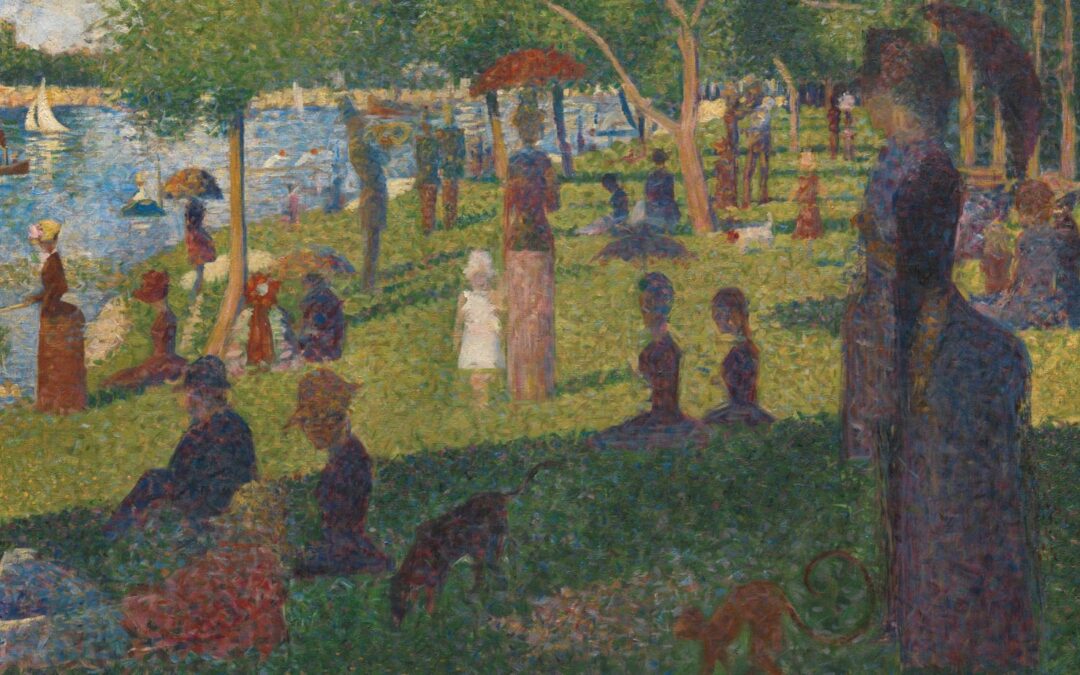Impressionism, a revolutionary art movement that emerged in the late 19th century, has had a profound impact on the development of modern art. The Impressionists, led by artists such as Claude Monet, Pierre-Auguste Renoir, and Camille Pissarro, sought to capture the fleeting moments of everyday life and the changing effects of light and color in their paintings. Their innovative approach to art challenged the traditional conventions of the time and paved the way for future generations of artists.
One of the key characteristics of Impressionism was the use of loose, visible brushstrokes and a focus on capturing the essence of a scene rather than rendering it in precise detail. The Impressionists often worked outdoors, or “en plein air,” to directly observe and paint the world around them. This practice allowed them to capture the ephemeral qualities of light and atmosphere, resulting in paintings that were filled with vibrant colors and a sense of spontaneity.
One of the defining characteristics of Impressionism was the use of short, broken brushstrokes and pure, unmixed colors. This innovative technique allowed the artists to create a sense of movement and vitality on the canvas as if the scene were unfolding before the viewer’s eyes. The Impressionists also pioneered the practice of painting outdoors, or “en plein air,” which enabled them to capture the changing effects of light and atmosphere in real time.
The Impressionists’ bold use of color was another revolutionary aspect of their work. They embraced a bright, vibrant palette, often using new synthetic pigments that had recently become available. This allowed them to create stunningly luminous and expressive works that were unlike anything that had come before.
Beyond their technical innovations, the Impressionists also broke new ground in terms of subject matter.
They turned away from the grand, historical themes favored by the academic painters and instead focused on the beauty and simplicity of everyday life. From bustling Parisian streets to tranquil country landscapes, the Impressionists found inspiration in the world around them.
The impact of Impressionism on the art world was nothing short of seismic. It paved the way for a host of subsequent avant-garde movements, from Post-Impressionism to Fauvism and Cubism. The Impressionists’ emphasis on individual expression, experimentation, and the rejection of traditional norms became the hallmarks of modernism, setting the stage for the radical artistic innovations of the 20th century.
The Impressionists’ emphasis on capturing the immediacy of a moment and their departure from the highly polished, academic style of painting prevalent at the time had a significant influence on the development of modern art. Their work inspired subsequent art movements, such as Post-Impressionism, Fauvism, and Cubism, which further explored the expressive potential of color, form, and brushwork.
Just as it takes time and effort to build a shed, the influence of Impressionism on modern art has been a gradual and cumulative process, with each generation of artists building upon the foundations laid by their predecessors. In fact, one might ask, “how long does it take to build a 8×10 shed?” The answer, much like the impact of Impressionism, varies depending on the dedication and skill of the builder.

In conclusion, Impressionism’s lasting impact on modern art cannot be overstated. The movement’s emphasis on capturing the fleeting moments of everyday life, its innovative use of color and brushwork, and its challenge to traditional artistic conventions have inspired countless artists and shaped the course of art history.
As we continue to explore new forms of artistic expression in the 21st century, the legacy of Impressionism remains a vital source of inspiration and a testament to the enduring power of art to capture the beauty and complexity of the world around us.


